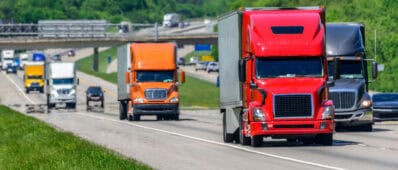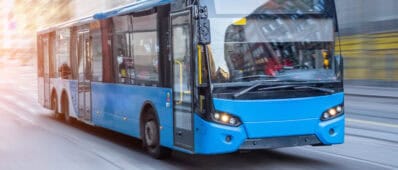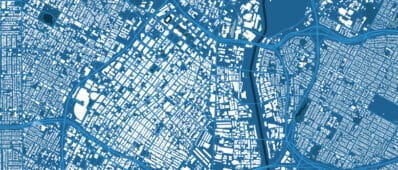Abstract
The COVID-19 pandemic upended many aspects of our lives, including how we shop for groceries. As grocery stores scaled back their opening hours and managed access, many shoppers switched to online shopping with home delivery (“e-grocery”) or store pick-up (“click-and-pick”). Few empirical studies published to date have explored how the COVID-19 pandemic changed grocery shopping, the extent to which these changes may last, how the pandemic exacerbated grocery store access inequalities, and how access to groceries in California is intertwined with environmental justice concerns. Moreover, most studies on this topic were based on non-random samples, which can provide quick results in a fast-changing environment but their findings are not generalizable.
This brief explores the effects of changing grocery shopping trends on disadvantaged communities in California. Using data obtained by surveying California members of KnowledgePanel,® the largest and oldest online probability-based panel representative of the U.S. population, the research team explored the frequency of grocery shopping in California and likelihood of it changing after the pandemic; the types of stores Californians shopped in for groceries during the pandemic and who used grocery delivery companies; and how / if environmental justice factors played a role in observed changes in grocery shopping.



